The board of directors of South African Airways (SA, Johannesburg O.R. Tambo) has voted in favour of placing the debt-ridden national carrier into the South African equivalent of US Chapter 11 bankruptcy protection proceedings.
The state-owned airline has been haemorrhaging cash since 2011 when it last turned a profit and is currently dependent on the fiscus for its survival. Perennial losses have been blamed on incompetent leadership, corruption, as well as adverse market conditions leading the airline to require ZAR22 billion (USD1.5 billion) worth of funding from the government, its sole shareholder.
On the back of recent disclosures that it had accrued a further ZAR10.4 billion rand (USD714 million) in losses for its 2017/18 and 2018/19 financial years, and coupled with a wave of devastating strikes that all but crippled its operations, SAA this week filed for business rescue.
"The SAA Board of Directors and the Executive Committee have been in consultations with the shareholder, the Department of Public Enterprises (DPE), in an effort to find a solution to our company’s well-documented financial challenges," it said in a statement dated December 5.
"The considered and unanimous conclusion has been to place the company into business rescue in order to create a better return for the company’s creditors and shareholders, than would result from any other available solution."
"Furthermore, the company is seeking to minimize the destruction of value across its subsidiaries and provide the best prospects for selected activities within the group to continue operating successfully."
Pravin Gordhan, Minister of Public Enterprises, said in a statement that in tandem with SAA's entry into business rescue, the state and private lenders will avail a total of ZAR4 billion (USD275 million) in financing to shore up its operations.
Gordhan said existing lenders will provide ZAR2 billion (USD137.5 million) in loans guaranteed by government and repayable via future budget appropriations. Government will itself provide ZAR2 billion in a “fiscally neutral manner”.
For his part, South African president Cyril Ramaphosa hailed SAA's entry into business rescue adding that it is the "optimal mechanism" to allow the airline to regain its financial footing while relieving stress on the country's already strained budget.
"Our desire is that the restructured airline will mark the beginning of a new era in South African aviation and must be able to bring in millions more tourists into SA; help create more jobs in tourism and related sectors of the economy and work with other African airlines to underpin and service the integration of African markets and improve dramatically intra-African trade and travel," he said.
"It is also important that the reliance on government finances be reduced as soon as possible and to minimize disruption to SAA services, customers, staff and other stakeholders."
A business rescue practitioner, who is in the process of being appointed, will have to confront the carrier's bloated wage bill and therefore reduce its staff headcount. Recent airline estimates have put the cull at 944 jobs out of a total of 5,146 staff.
In terms of the way forward, business rescue legislation requires that within 10 working days of being appointed, the practitioner must convene a meeting of creditors and a meeting of employees and advise them of the prospects of rescuing the company.
The business rescue plan, as proposed by the practitioner, must then be published by the distressed company within 25 days from when the business rescue practitioner was appointed. The practitioner must then convene a meeting of creditors and any other holders of a voting interest, in this instance, the South African government, to consider the proposed rescue plan, within 10 business days of its publication.
Government has been averse to allowing SAA to collapse given the billions of rands in liabilities that would suddenly become due given the bulk have been underwritten by state-backed guarantees.
- Type
- Base
- Aircraft
- Destinations
- Routes
- Daily Flights
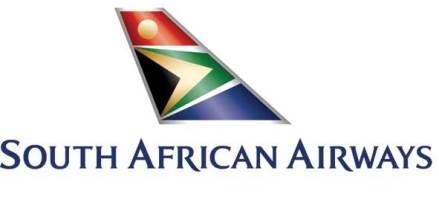
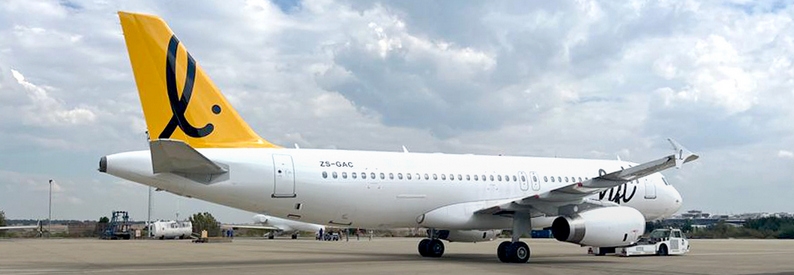
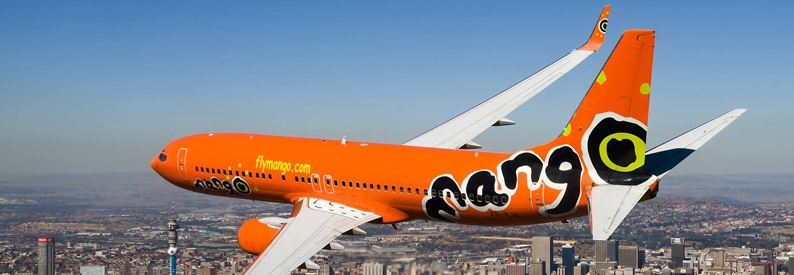
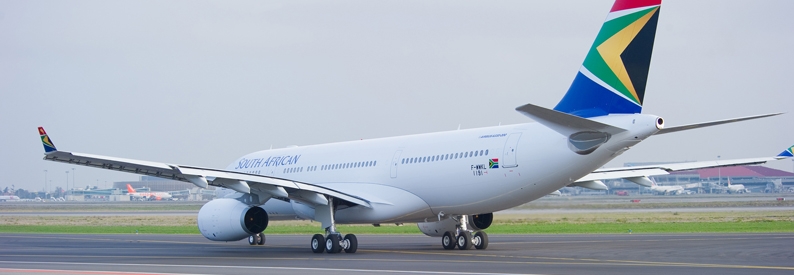
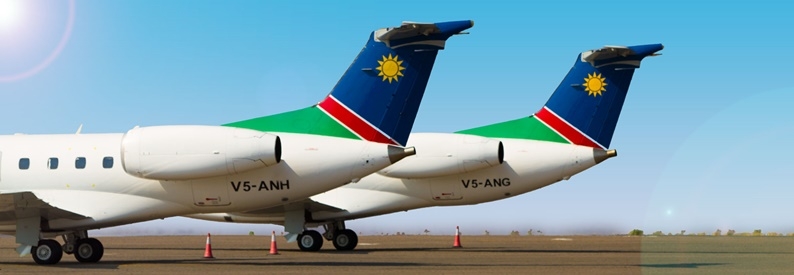
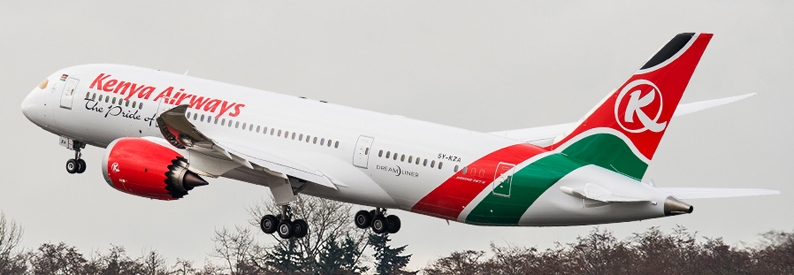
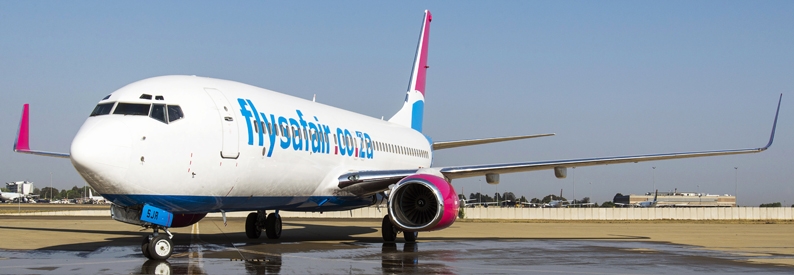
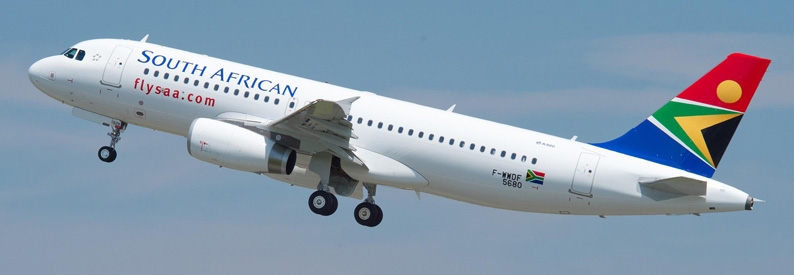
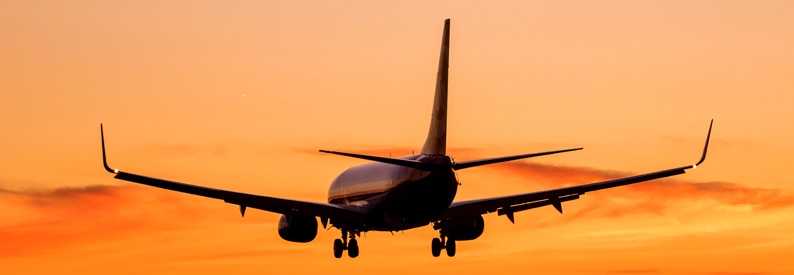
Editorial Comment: Adds detail on business rescue process - 05Dec2019 - 08:51 UTC